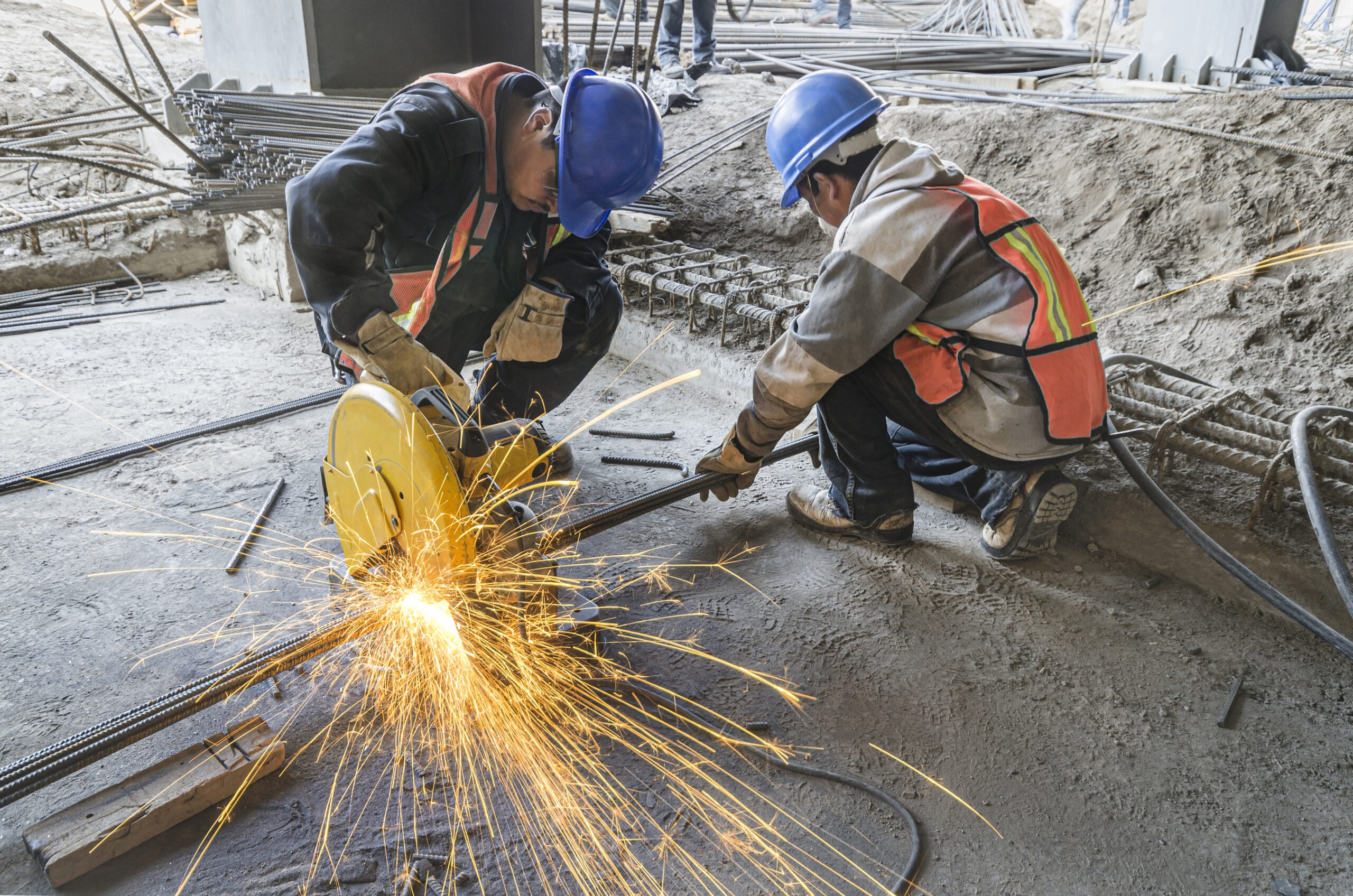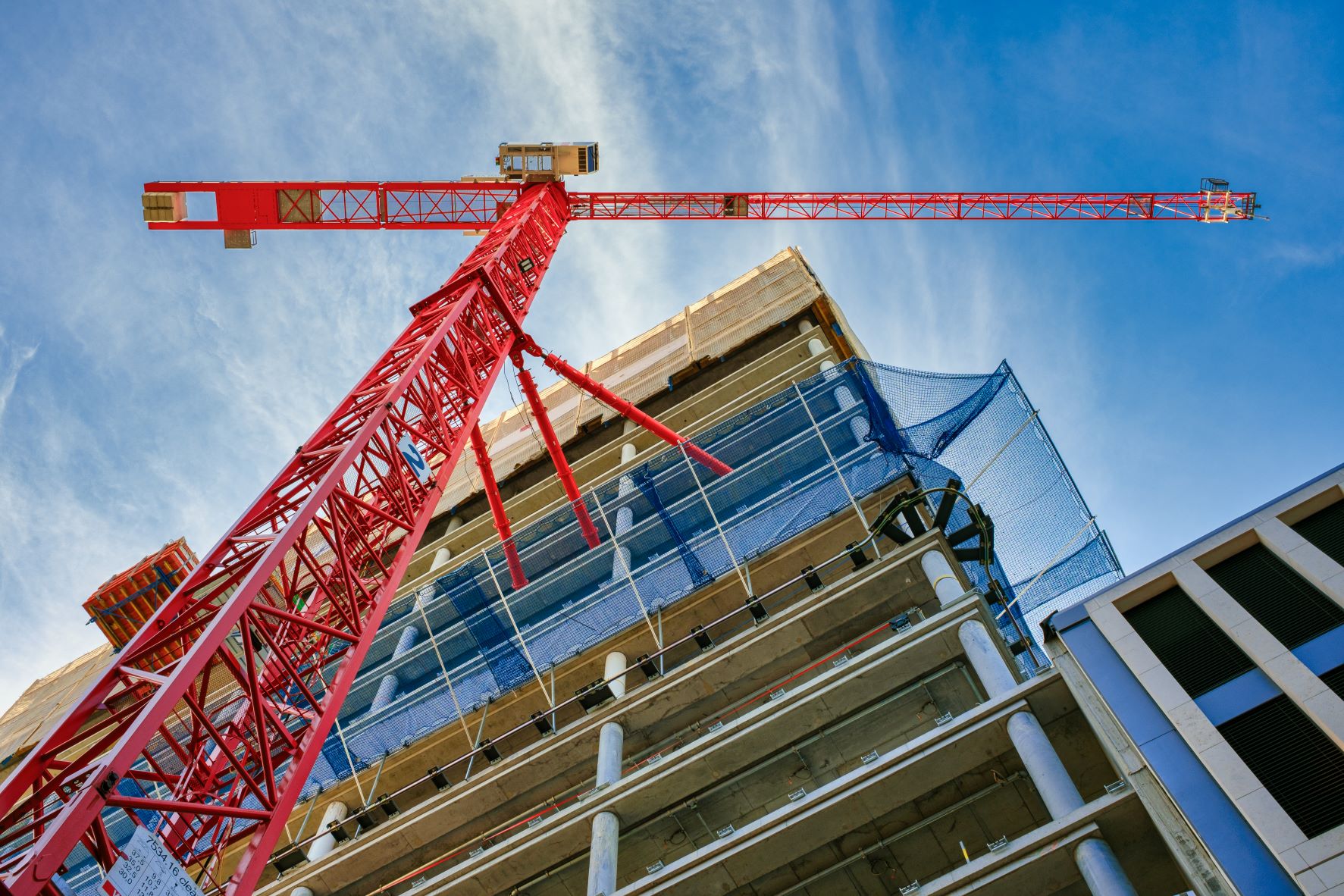Construction

January 24, 2024
OSHA’s Top 10 Most Frequently Cited Construction Standards in Fiscal Year 2023
OSHA maintains records on the most frequently cited standards from worksite inspections for each fiscal year and compiles a list within particular industries. The latest records outline the top 10 standards cited within the construction industry during fiscal year 2023 (October 2022 through September 2023) and the total number of violations for each standard. By...

December 19, 2023
OSHA’s Safety and Health Bulletin on Safety Helmets in the Workplace
On Nov. 22, 2023, OSHA provided a Safety and Health Information Bulletin (SHIB) on the use of safety helmets in the workplace. The SHIB provides the key differences between safety helmets and traditional hard hats. The SHIB also describes the advancements in design, materials, and protective features that help to protect a worker’s entire head....

November 27, 2023
OSHA Announces Top 10 Violations for FY 2023
OSHA recently released its list of the top 10 most frequently cited standards following inspections of worksites by federal OSHA. The list, which consists of preliminary data and is subject to change, reflects the citations across industries and accounts for citations that occurred between Oct. 1, 2022, and Sept. 29, 2023. OSHA notes that workers...

October 26, 2023
Fall Protection Tops List of OSHA Citations for 2023
For the 13th consecutive year, lack of fall protection topped the U.S. Occupational Safety and Health Administration’s preliminary top 10 most frequently cited workplace safety violations for fiscal year 2023. OSHA tallied 7,271 violations of its general fall protection requirements, according to the list released Tuesday at the National Safety Council’s Safety Congress & Expo....

August 28, 2023
DOL Proposes Rule to Clarify PPE Standard
On July 19, 2023, the U.S. Department of Labor (DOL) announced a notice of proposed rulemaking intended to clarify the personal protective equipment (PPE) standard for the construction industry. The stated goal of this action is to align construction, general industry and maritime standards. Comments and hearing requests must be submitted by Sept. 18, 2023,...

August 3, 2023
Preventing Falls Due to Extreme Heat
Extreme heat creates many risks in construction. As an employee in this industry, not only should you be aware of illnesses caused by the heat, but you also need to be mindful of how high temperatures can cause physical and mental impairments that can lead to falls and know how to prevent this hazard. How...

July 26, 2023
5 Risks in the Construction Industry
Construction owners and contractors face a myriad of risks that are inherent to the industry. In order to help ensure safe and productive operations, it’s vital for these parties to understand common exposures so they can take proactive steps to address them. Common Construction Industry Risks While each operation’s specific exposures may vary, the construction...

July 20, 2023
OSHA Proposes Rule Clarifying PPE Standard for Construction Workers
On July 19, 2023, OSHA issued a notice of proposed rulemaking (NPRM) to revise its construction personal protective equipment (PPE) standard to explicitly require that the equipment must properly fit the person wearing it. Comments and hearing requests must be submitted by Sept. 18, 2023. Current Standard OSHA’s standard at 29 CFR 1926.95 sets out...

June 26, 2023
Tips for Safe Operation of Corded Power Tools
Corded power tools are useful for several types sizes of projects. They also can be more accurate and efficient than hand tools. However, corded power tools can also present serious safety hazards when not used correctly. Below are tips to help keep you safe while working with them. Types of Corded Power Tools Corded power...

June 13, 2023
Construction Industry’s Rebound Brings More Opportunities, But Also More Risks
The construction industry is rebounding after significant challenges during the pandemic, but more opportunities also come with more risks, an insurer has warned. Selective Insurance, a commercial business insurance carrier specializing in construction firms, has forecasted that more single-trade contractors will expand their business into multiple trades or general contracting to cope with growing demand...
